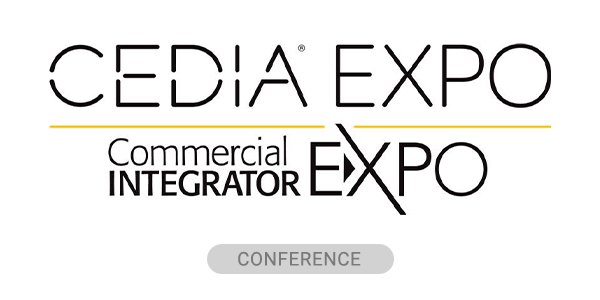As the new year approaches, IT budgeting discussions will focus on aligning resources with strategic goals. For CIOs and IT teams, 2025 presents a unique opportunity to support core operations while positioning their organizations for transformative growth. Technology investment isn’t simply about keeping pace; it’s about setting the foundation to become an effective and efficient innovator in your respective industry.
Preparing for Strategic Investments in Emerging Technologies
Emerging technologies will play a central role in the evolution of our industry in 2025. The future calls for investment in advanced connectivity, generative AI, next-generation software development, digital trust, cybersecurity and immersive-reality technologies. IT will play a critical role in supporting these initiatives by creating the infrastructure, security, and operational framework necessary to thrive as a technology-driven company.
This approach requires a shift in how we view technology adoption: rather than focusing on whether to adopt these new technologies, we must prioritize how best to prepare for and adapt to them. IT leaders should assess current systems, skill sets and vendor partnerships to ensure alignment with the company’s future direction and goals.
Strategic Partnerships and Scaling Through Existing Expertise
With emerging technologies like AI and cybersecurity solutions rapidly advancing, IT faces a familiar decision: build or buy. While companies will develop unique capabilities internally, partnering with specialized vendors is key to scaling the technology, particularly with AI and cybersecurity. Leveraging vendors with a strong AI focus allows organizations to capitalize on cutting-edge solutions without bearing the entire development burden internally. This approach provides IT with scalable solutions that can be rapidly deployed, enabling technology teams to focus on delivering value in core areas.
In 2025, IT will not only enable these vendor partnerships but also ensure they integrate seamlessly into your larger technology ecosystem to support the company’s vision. By building on a larger scale and working with established, AI-enabled vendors, IT can enhance infrastructure resilience, scalability and security. This strategy allows businesses to grow efficiently and stay agile in a competitive market.
Evaluating ROI and TCO
As businesses prepare to invest in new technology, IT leaders face the challenge of evaluating the return on investment (ROI) and total cost of ownership (TCO) for these cutting-edge solutions. Emerging technologies often carry high upfront costs but promise transformative benefits over time. For instance, while licensing costs for AI solutions like Microsoft Copilot may be high, the potential productivity gains and efficiency improvements make them worthwhile.
To maximize these benefits, IT teams need to invest in products and tools that will enable their hybrid workforces to collaborate and work more effectively. The IT department must work closely with divisional leaders to ensure AI investments yield tangible results. Create an AI community champion network to collaborate with IT departments and identify effective training and development opportunities that enable a lean workforce to fully adopt and leverage new technologies. This collaborative approach ensures a more comprehensive ROI and positions the company for continued innovation.
Strengthening Security
IT team’s approach to security will include a balanced focus on training and awareness, governance and auditing and technology investments. By distributing resources across these pillars, companies can maintain a proactive security posture and build a foundation of trust with their customers. Leveraging industry frameworks and benchmarks will help IT assess and demonstrate security performance, ensuring continuous improvement and alignment with best practices.
Sustainability and Futureproofing Technology Investments
As we plan for 2025, sustainability is an increasingly important factor in technology decision-making. IT’s role in supporting sustainability includes choosing high-quality, durable solutions that align with your company’s commitment to long-term value. By investing in future-proof technologies that can evolve over time, IT helps reduce the frequency of refresh cycles and minimizes waste, both environmentally and financially.
Sustainability plays a key role in delivering value responsibly, ensuring that current needs are met while paving the way for future growth with environmental awareness. Futureproof solutions with flexible, scalable capabilities support goals for sustainability, adaptability and operational efficiency.
IT Teams Propel Innovation in 2025
In 2025, the role of IT teams will extend beyond operational support to actively driving and enabling transformative innovation. By forming strategic partnerships with the right vendors, investing in advanced technologies like AI, cybersecurity, and connectivity and fostering a culture of security, sustainability, and employee empowerment, organizations can position themselves for success in a rapidly evolving landscape.
Rafal Komosa is the associate vide president of IT enterprise architecture and security at Shure.










